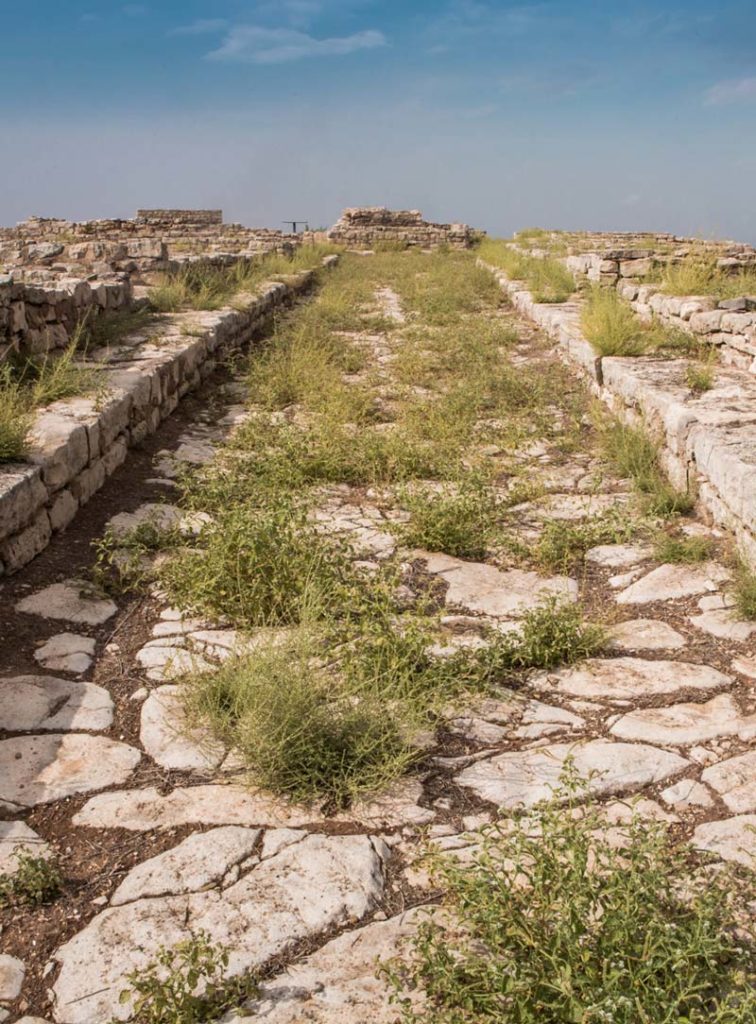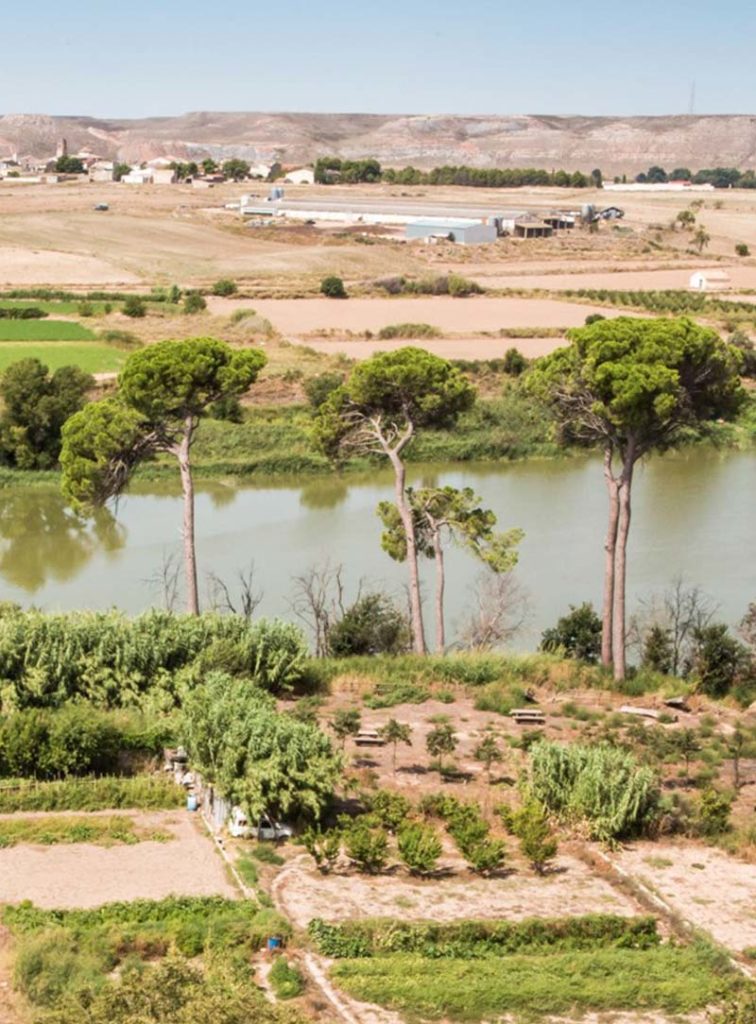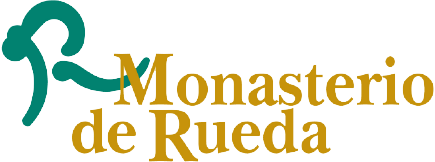Royal Monastery of Rueda
Environment
Water and earth, lush forests and silence… these are the elements that monks in white robes were looking for when founding a monastery. The Royal Monastery of Nuestra Señora de Rueda sits on the path of the Ebro River, on the road that joins the noble towns of Sástago and Escatrón.
The Ebro gives us formidable panoramic views as it passes through these riverside villages. Take the Ebro Viewpoints Route and contemplate the beautiful views of galachos, copses, meanders, riparian forests, marshes and large irrigated areas.
Colonia Celsa, the first city of the Ebro Valley
The Romans were already aware of the richness and attractiveness of these lands and built the first city in the Ebro Valley: Colonia Celsa. In Velilla de Ebro you can walk among the remains of this ancient Roman city.
Pre-Roman peoples and Romanization in Hispania
Not far away, in Azaila, you will find another of the most important archaeological sites in Aragón, the Iberian city of the Cabezo de Alcalá.Walking through its cobbled streets and visiting the interpretation center will allow you to learn about the history of the pre-Roman peoples and the phenomenon of Romanization in Hispania.
If you are a hiking enthusiast, you will enjoy walking the Ebro Nature Trail (GR 99), a long-distance trail that runs along the banks of the Ebro between groves and meanders.


WE ALSO SUGGEST SOME VISITS LESS THAN AN HOUR'S DRIVE FROM THE MONASTERY:
We also suggest some visits less than an hour’s drive from the monastery: Alcañiz, crowned by its spectacular Calatrava castle, the old town of Belchite, living testimony of the Civil War, or Calanda, birthplace of the brilliant filmmaker Luis Buñuel, where you can visit the Buñuel Calanda Center. In Caspe you can not miss the magnificent Collegiate Church of Santa María andin Híjar the Museum of the Drum and Bass Drum Route of Lower Aragon..


